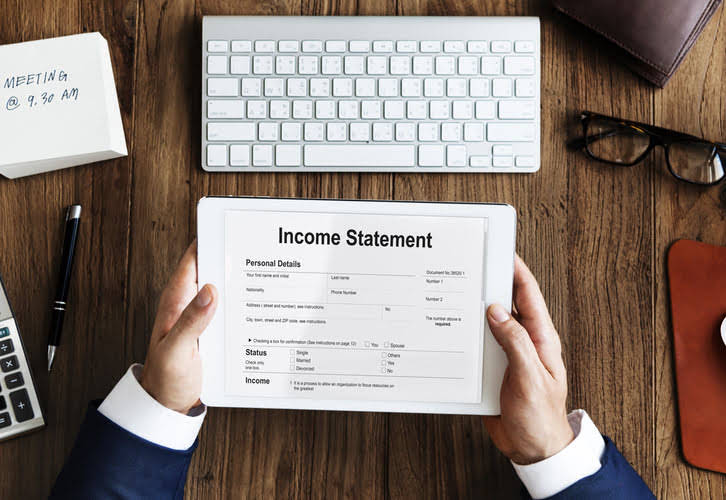Amortize Definition & Meaning

Common amortized loans include auto loans, home loans, and personal loans from a bank for small projects or debt consolidation. Don’t assume all loan amortized definition details are included in a standard amortization schedule. In the course of a business, you may need to calculate amortization on intangible assets.
The intangible assets have a finite useful life which is measured by obsolescence, expiry of contracts, or other factors. A company needs to assign value to these intangible assets that have a limited useful life. Balloon loans typically have a relatively short term, and only a portion of the loan’s principal balance is amortized over that term.
Do I Pay More Interest in the Beginning of my Loan or the End?
However, there is always the option to pay more, and thus, further reduce the principal owed. The interest on an amortized loan is calculated based on the most recent ending balance of the loan; the interest amount owed decreases as payments are made. This is because any payment in excess of the interest amount reduces the principal, which in turn, reduces the balance on which the interest is calculated. As the interest portion of an amortized loan decreases, the principal portion of the payment increases.
What Is Mortgage Amortization? – NerdWallet
What Is Mortgage Amortization?.
Posted: Thu, 18 Apr 2019 07:00:00 GMT [source]
This means more depreciation expense is recognized earlier in an asset’s useful life as that asset may be used heavier when it is newest. That means that the same amount is expensed in each period over the asset’s useful life. Assets that are expensed using the amortization method typically don’t have any resale or salvage value. If an intangible asset has an unlimited life, then it is still subject to a periodic impairment test, which may result in a reduction of its book value. Most lenders will provide amortization tables that show how much of each payment is interest versus principle. For example, a company often must often treat depreciation and amortization as non-cash transactions when preparing their statement of cash flow.
Fully amortizing payments vs. interest-only payments
Loan amortization breaks a loan balance into a schedule of equal repayments based on a specific loan amount, loan term and interest rate. This loan amortization schedule lets borrowers see how much interest and principal they will pay as part of each monthly payment—as well as the outstanding balance after each payment. An amortization table lists all of the scheduled payments on a loan as determined by a loan amortization calculator.
Any amount paid beyond the minimum monthly debt service typically goes toward paying down the loan principal. This helps the borrower save on total interest over the life of the loan. Lenders use amortization tables to calculate monthly payments and summarize loan repayment details for borrowers. However, amortization tables also enable borrowers to determine how much debt they can afford, evaluate how much they can save by making additional payments and calculate total annual interest for tax purposes. The amortization table is built around a $15,000 auto loan with a 6% interest rate and amortized over a period of two years.
Paying Off a Loan Over Time
Items that are commonly amortized for the purpose of spreading costs include machinery, buildings, and equipment. From an accounting perspective, a sudden purchase of an expensive factory during a quarterly period can skew the financials, so its value is amortized over the expected life of the factory instead. Although it can technically be considered amortizing, this is usually referred to as the depreciation expense of an asset amortized over its expected lifetime. For more information about or to do calculations involving depreciation, please visit the Depreciation Calculator. The cost of long-term fixed assets such as computers and cars, over the lifetime of the use is reflected as amortization expenses.





